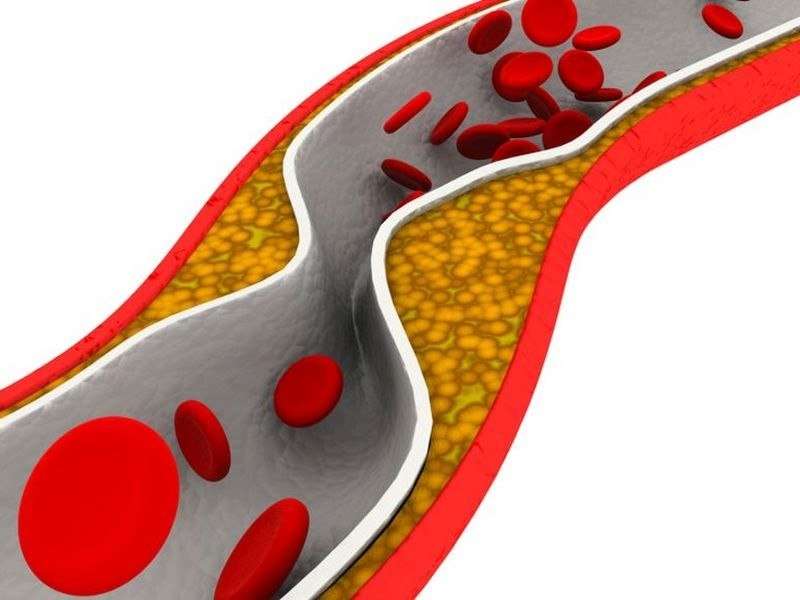(HealthDay)—For patients with peripheral artery disease (PAD), a home-based exercise intervention does not improve walking ability over nine months compared with usual care, according to a study published in the April 24 issue of the Journal of the American Medical Association.
Mary M. McDermott, M.D., from the Northwestern University Feinberg School of Medicine in Chicago, and colleagues conducted a trial involving patients with PAD who were randomized to either home-based exercise (99 patients) or usual care (101 patients) for nine months. The home-based exercise intervention comprised four weekly medical center visits during the first month, followed by eight months consisting of a wearable activity monitor and telephone coaching. Overall, 91 percent of patients completed the nine-month follow-up.
The researchers found that the mean change from baseline to nine-month follow-up in the six-minute walk distance was 5.5 versus 14.4 m in the intervention and usual care groups, respectively (difference, −8.9 m; 95 percent confidence interval, −26.0 to 8.2 m; P = 0.31). The Patient-Reported Outcomes Measurement Information System pain interference score was worsened in the exercise intervention group (mean change from baseline to nine months, 0.7 versus −2.8 in the intervention versus usual care group; difference 3.5; 95 percent confidence interval, 1.3 to 5.8; P = 0.002).
"These results do not support home-based exercise interventions of wearable devices and telephone counseling without periodic onsite visits to improve walking performance in patients with PAD," the authors write.
Several authors disclosed financial ties to the pharmaceutical industry; one author had a patent pending regarding a method to measure ankle brachial index.
More information: Abstract/Full Text (subscription or payment may be required)
Journal information: Journal of the American Medical Association
Copyright © 2018 HealthDay. All rights reserved.






















